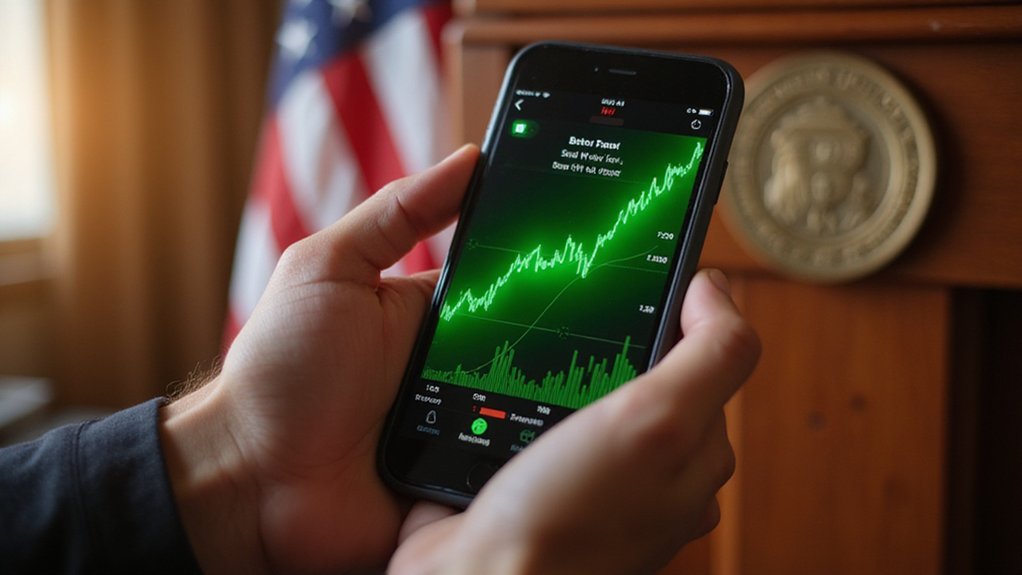Two financial titans have decided that the solution to the voluntary carbon market‘s $200 billion trust problem lies in the same blockchain technology that brought us cryptocurrency speculation and energy-intensive mining operations—a delicious irony that apparently escaped no one’s notice.
JPMorgan’s Kinexys blockchain division and S&P Global Commodity Insights launched their pilot testing in July 2025, targeting the systemic inefficiencies plaguing carbon credit markets through tokenization at the registry level. Each token represents one ton of CO2 avoided or removed, transformed into a digital asset with blockchain’s trademark immutability—because nothing says “environmental responsibility” quite like energy-consuming distributed ledgers solving problems created by fragmented analog systems.
The audacity of using energy-guzzling blockchain technology to solve environmental market problems would be impressive if it weren’t so perfectly absurd.
The partnership addresses legitimate market pathologies: over 30 different registries create comparison nightmares, transparency gaps enable fraud and double-counting, and liquidity constraints deter institutional investors who prefer their climate investments as tradeable as their mortgage-backed securities.
The blockchain system leverages S&P Global’s Environmental Registry infrastructure, tracking renewables, afforestation, and direct air capture projects while ensuring transparent, immutable records that theoretically eliminate the creative accounting that has undermined market credibility.
Technical testing encompasses account management, project oversight, and credit lifecycle management, with potential integration across meta registries to prevent double counting—a problem that shouldn’t exist in properly designed markets but here we are.
The system promises easier access and transaction capabilities through tokenization, transforming registry data into investable assets that institutional players can actually stomach. This process follows the standard RWA tokenization workflow, converting these digital assets into tokens that can be traded on digital marketplaces while maintaining compliance and security through smart contracts.
JPMorgan anticipates this infrastructure will release trillions in climate finance by reducing the “greenwashing risk premium” and attracting institutional capital currently sitting on the sidelines. The bank positions blockchain as a tool to revitalize and future-proof carbon markets, enhancing market maturity while supporting corporate net-zero commitments through more credible emissions tracking. This initiative represents JPMorgan’s broader strategic pivot toward embracing blockchain technology for both profitability and utility across various financial applications.
Other industry participants including the World Bank and Northern Trust are exploring similar blockchain applications, suggesting this isn’t merely another fintech experiment but a potential fundamental restructuring of how carbon credits are created, verified, and traded.
Whether blockchain can actually deliver the transparency and efficiency promises remains to be seen, but the alternative—continuing with the current fragmented mess—offers little appeal to serious investors.





